What are the most important factors a Quality and Lab Manager considers when roasting a new green sample?
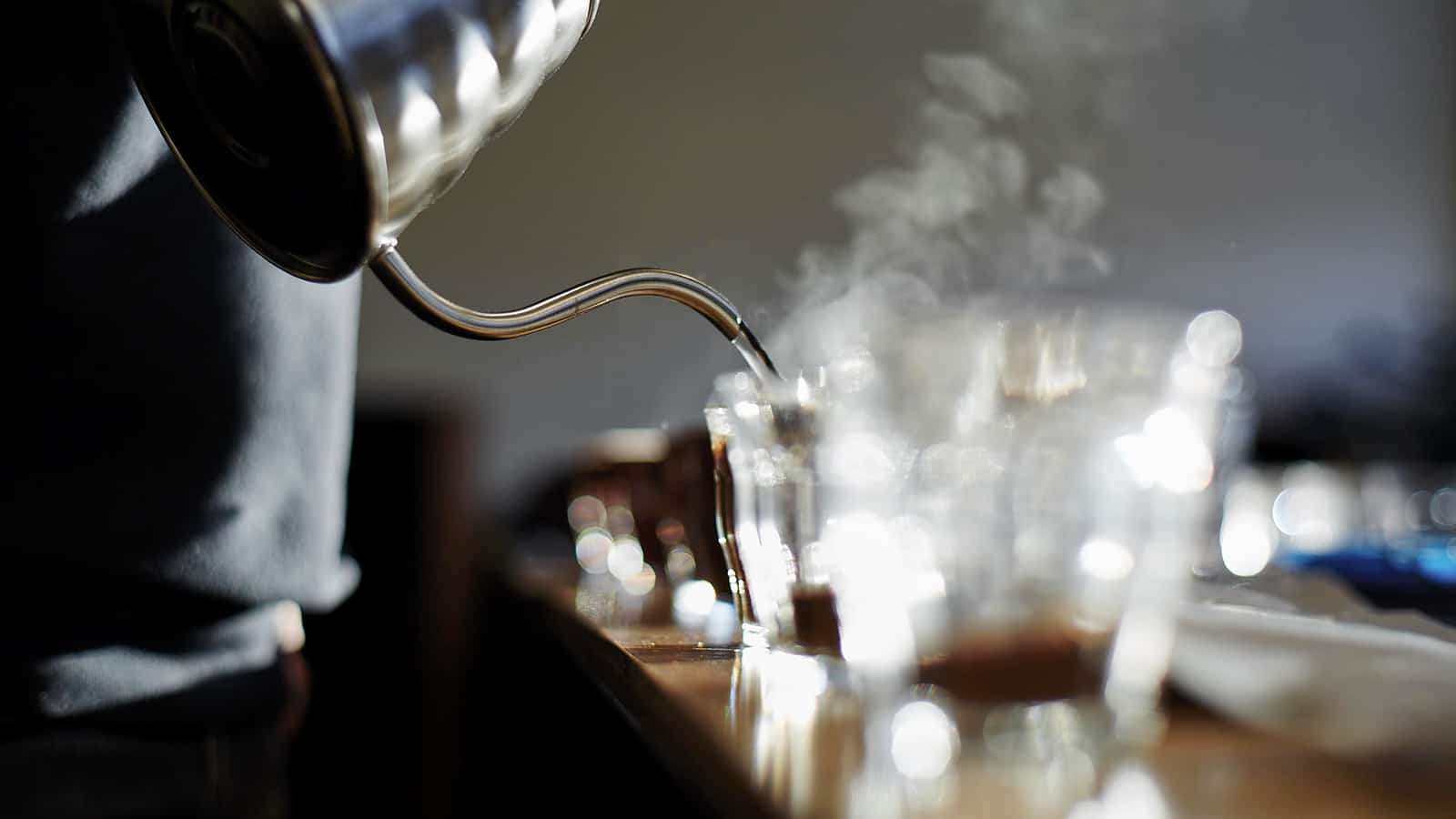
What are the most important factors a Quality and Lab Manager considers when roasting a new green sample?
“Altitude, moisture percentage, and processing”
Green coffee is complex and it’s important to measure and record a number of data points to achieve the best showing on the cupping table.
Not only is each fresh crop coffee different for a host of reasons, but for any coffee company managing new and existing inventory, sample roasting becomes that much more nuanced. While buyers at these companies are at origin evaluating the new crop, it’s not uncommon for the accounts team to be still selling the previous harvest. Through all of this, how does a coffee operation approach their sample roasting to get the best results every time?
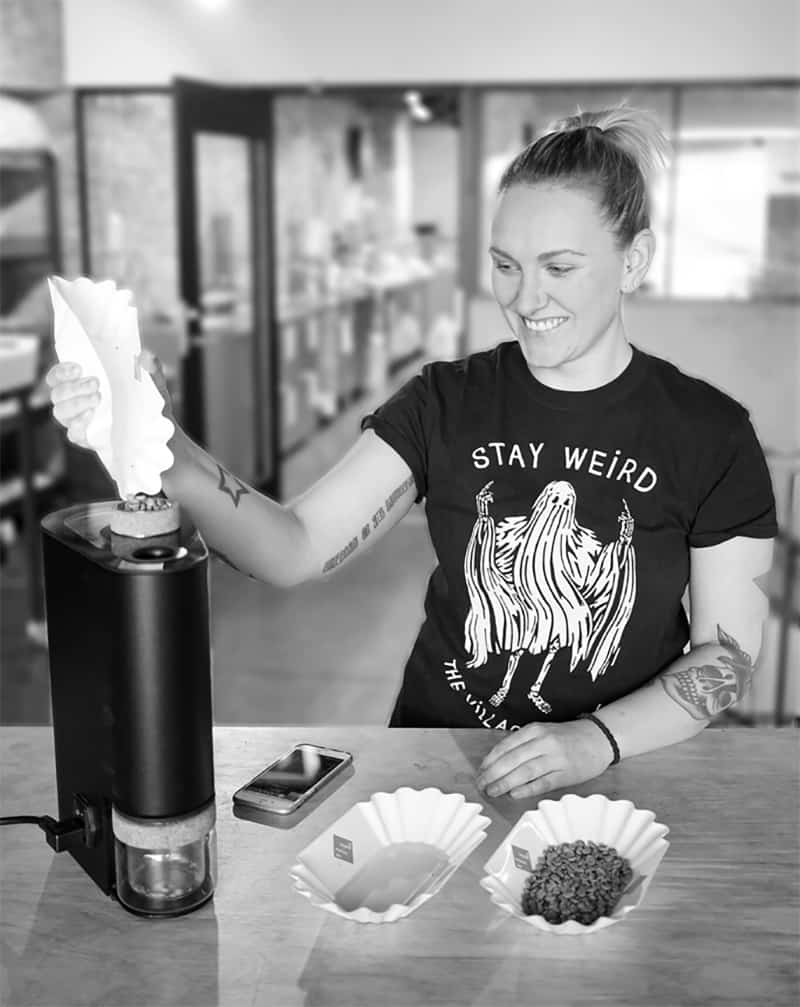
We caught up with Kaya Carretta, the Quality and Lab Manager of Nordic Approach, while she was on the ground in Ethiopia in January. Nordic Approach have IKAWA sample roasters in their lab in Oslo Norway, in their lab in New York City USA and in their lab in Addis Ababa Ethiopia.
Kaya emailed us about some profiles and we got chatting about Quality Control in different countries, about IKAWA, and how she’s tackling the complex challenge of monitoring so many different types of coffees.
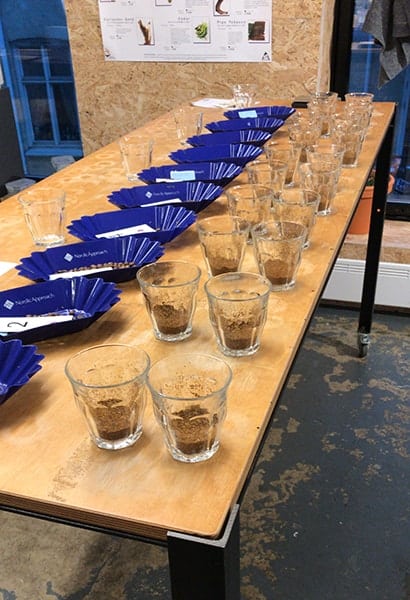
“We roast coffees that are super fresh, and also coffees we have had in our warehouse for almost 1 year. That is almost 1.5 years in difference. Of course our profiles are affected by this.”
In this post we get Kaya’s tips for approaching sample roasting, and learn how Nordic Approach have created a program that is able to understand quality no matter the season, location, or coffee.
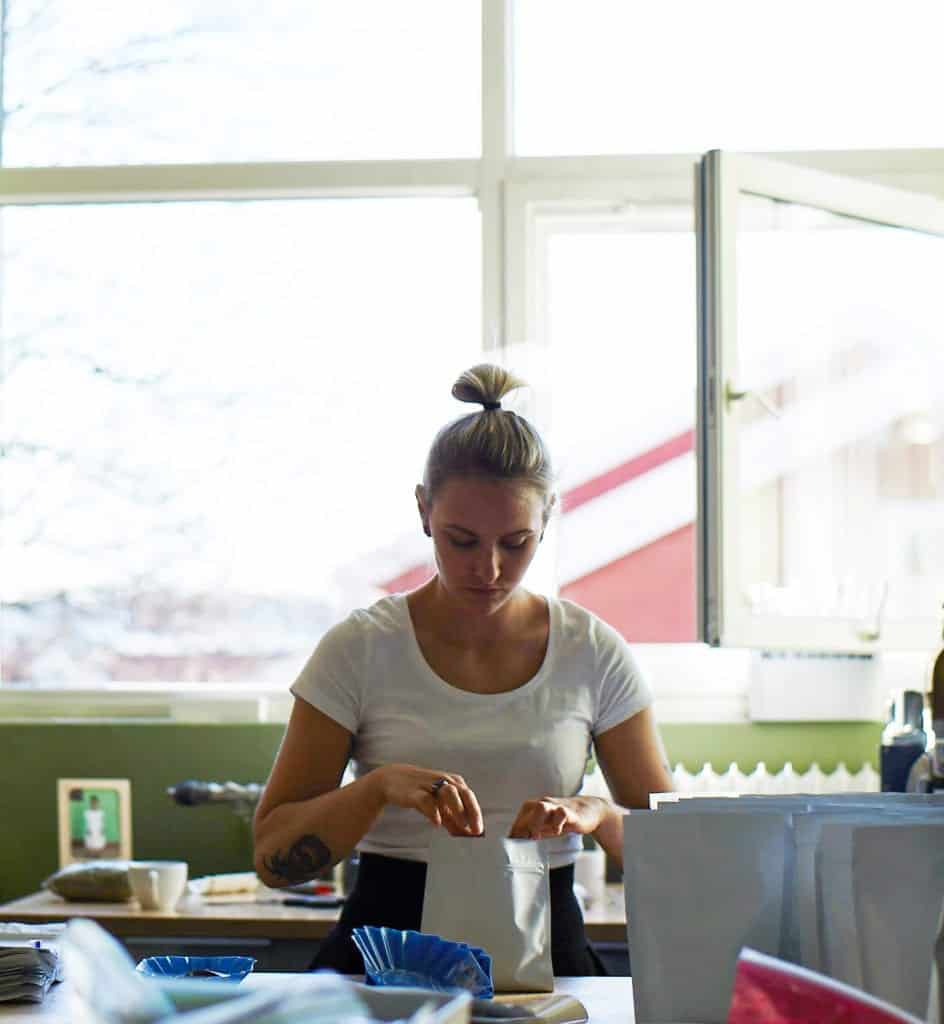
Kaya got her start in coffee at Solberg & Hansen, working in the concept store then moving into roasting. Here, she says, she really caught the coffee bug:
“I started learning how to roast for them, which really got me hooked on green coffee, and especially flavour profiles, how much one can alter with roast and of course quality of greens.
After learning heaps from the Simo an the team at S&H, I moved over to Nordic Approach in May 2015.”
Nordic Approach are a green coffee sourcing company based in Oslo, Norway that focuses solely on high quality coffees. They have an extensive sourcing program built on transparency and sharing as much information as possible of the process, as well as implementing projects at origin.
Kaya is the Quality and Lab Manager, and focuses her time on understanding quality, developing protocols to ensure best practices are in all locations, while supporting the efforts of the sourcing and sales team.
Kaya broke her approach into 3 main factors:
1. ALTITUDE
“How high is the coffee grown? A coffee grown on 1200 masl vs 2300 masl will act differently. As we have seen, altitude does something with the density of the bean. The higher the density, the more energy needed within roast. The lower, the less energy.
Note: Altitude by itself does not dictate bean density. Measure the density of your coffees to see how much energy you should add and where you would like to add it. To measure the density of green coffee beans, fill a graduated cylinder with a known weight of green coffee, like 100 grams. Note the volume reading.” The density will be the g/mL ratio. There are also machines you can buy from companies like Sinar which will measure the density for you.
2. MOISTURE CONTENT
“When the moisture is low, less energy is needed. But, more attention is needed, as the coffee will develop faster than you think. Especially during the drying / caramelisation period, where you do want a lot of the development to happen.”
3. PROCESSING
“Alexandru Niculae and I had a workshop on this topic during Coffee Roasters Guild in Portugal actually. And it was awesome. He is such a good roaster. And it’s always fun to be around him. Processing is difficult, especially because it does so much with the composition of the bean itself. “
a) “Naturals are usually harder for me to roast, as the process itself, makes it harder to select out bad beans. Meaning the screen size, quakers and floaters are usually all over the place. Not a lot of natural processed coffees are soaked, to remove quakers, which usually does affect your roasting quite a lot.
So my recommendation is a profile with an initial soak, then slightly longer caramelisation time after dry end, a slightly lower end temp than the washed. About 2 or 3 degrees Celcius.”
b) “Washed are easier for me. They are usually cleaner, denser and the screen size is usually more consistent. Which means, you can easily go for any profile almost. Just be sure you don’t bake it by prolonging the caramelisation time to much because you want to push out all the flavours.
The development time is slightly more important for the washed coffees, in my humble opinion. Usually, as the beans start to crack, the residual water in the beans will steam out leaving your curve with a BLEP. And then what people tend to do, is to increase the energy, to avoid the BLEP, which can cause scorching. Which is something you don’t want.”
This is a great template for how to approach a roast. For example, here is how she recommends applying it to fresh crop samples versus end of season crop:
“So roasting fresh coffee versus not so fresh coffee is always tricky. What’s most important to think about, is moisture within the beans. At export, the coffee is usually around 11.5%
And after 1 year in storage, it might have dropped to 9.5% or even below 9%.
This is a huge difference!
And what I have found, is that often, fresh coffees need more energy in the start, and a longer caramelisation period. This is just to get it developed and get it going basically.

Where coffee that has rested in warehouse for a year needs the exact opposite.
You need to be really careful on the energy in the start, and smooth and softly apply heat.
And stay awake during the crack time – once its started, you better be careful. As the coffee doesn’t have much moisture in the first place, it might develop a lot faster than you think.
So maybe drawing back some of that heat could help you avoid roasting defects or just that rubbery over roasted flavour.”
Kaya often travels to help evaluate purchases, as does the rest of the NA team. We were chatting while she was with the NA team in Ethiopia in January and the team was roasting super fresh coffees for evaluation. The benefit of being able to roast using preprogrammed profile is evident but there are still adjustments that need to be made.
Addis Ababa is almost 2400masl, whereas Oslo is 23masl. Kaya had to make changes to her profiles in order to get the same results from her roasts. Much of the changes came in airflow adjustments (an increase), just like Kyle Ramage found.
Kaya and the team use the IKAWA all over the world, and have really demonstrated how it can help coffee buyers, producers, and roasters.
“You can trust the results, easy. Being able to cup coffees you have roasted the same day, without tasting freshness, and being able to asses 150 different coffees against each other and not to have to think about differences in roast profile is huge.
The IKAWA has helped us in getting stable results, no matter where we are.
In Addis Ababa, New York, or Oslo.
And being able to share and edit profiles a la minute. Our team can communicate and share profiles with ease, and always push each other for better results.”
This support network from her team, she says, helps Nordic Approach ensure their roasts are consistent each week and consistent between locations.
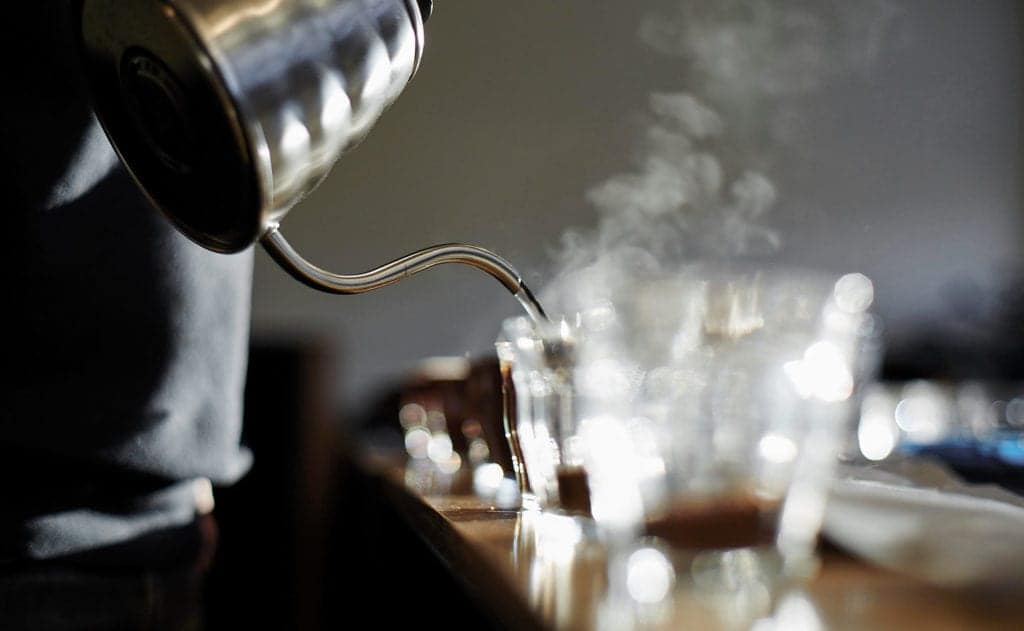
On this recent trip to Ethiopia, Kaya was roasting coffees on the IKAWA in Addis Ababa while producers were showing up in order to deliver their newest samples.
“They see the IKAWA, and there is always an element of surprise when we tell them it’s a roaster, and this is the way we roast their coffee for evaluation.
They don’t’ believe us until we find their coffee, roast it, and cup it together. This is always the best part. Coffee producers being able to cup their own coffees, to understand what we value in their product. Qualities like florality or peach flavours and sweetness with intensity.”
Kaya has shared 5 example profiles that she uses.
Pulped – Probat mimic (55g batch)
Kaya has created this profile on the IKAWA to match the flavours and results they were getting on their old roasting set up.
This is her “all-rounder” profile which can be quickly adjusted to be lighter or darker, depending on the need.
“For me, this one is developed, intense on flavour and a great profile for cupping.
We tend to use this for pulped naturals, naturals and lower density coffees.” For denser coffees, increase the end temperature.”
“I found the natural occurring dip in the start to really enhance body and liveliness of the cup.
The slower buildup of energy, focusing on caramelisation brings out a lot of sweetness.”
The Craft – Tim Wendelboe (55g batch)
“Why fix it if it ain’t broke. Tim’s standard profile has been a safe haven for a lot of IKAWA users all around the world. And to be frank, if it works, use what you have ! This is a quicker profile, that leaves you with a super bright and fresh, acidic brew.”
“I personally prefer this profile for washed milds: Colombia, El Salvador, Honduras, you name it. Also great for higher grown Brazils. On a general level, we use it for washed coffees. If you have peaberries, I’d extend it just by a couple of seconds and increase the end temperature by 1 or 2 degrees celsius, just to get the right colour and last bit of development.”
IKAWA Roast 1 Mod
“So, this is my version of IKAWA Sample Roast 1. I shortened it quite a bit, just to be able to increase the energy given in the start.”
“We’d use this one for just about anything.”
“Stable and easy profile for just about any coffee. If we’re ever insecure on what to do, we’d go to this one.”
Ethiopia Spring Fresh 2019
Kaya sent this profile through from Addis Ababa, she was using this to roast the fresh crop samples for purchase.
Note – Addis Ababa is at 2,355 masl. Kaya has a higher airflow than her other profiles to compensate.
Kaya Carretta Sample Roast
Another profile that Kaya has created which is a great sample roast profile. It’s similar to the Probat Mimic above.
Thanks to Kaya for the insights into her approach to sample roasting, roasting at origin, and how to make adjustments when roasting different coffees.
Below are her roast profiles, try them out!